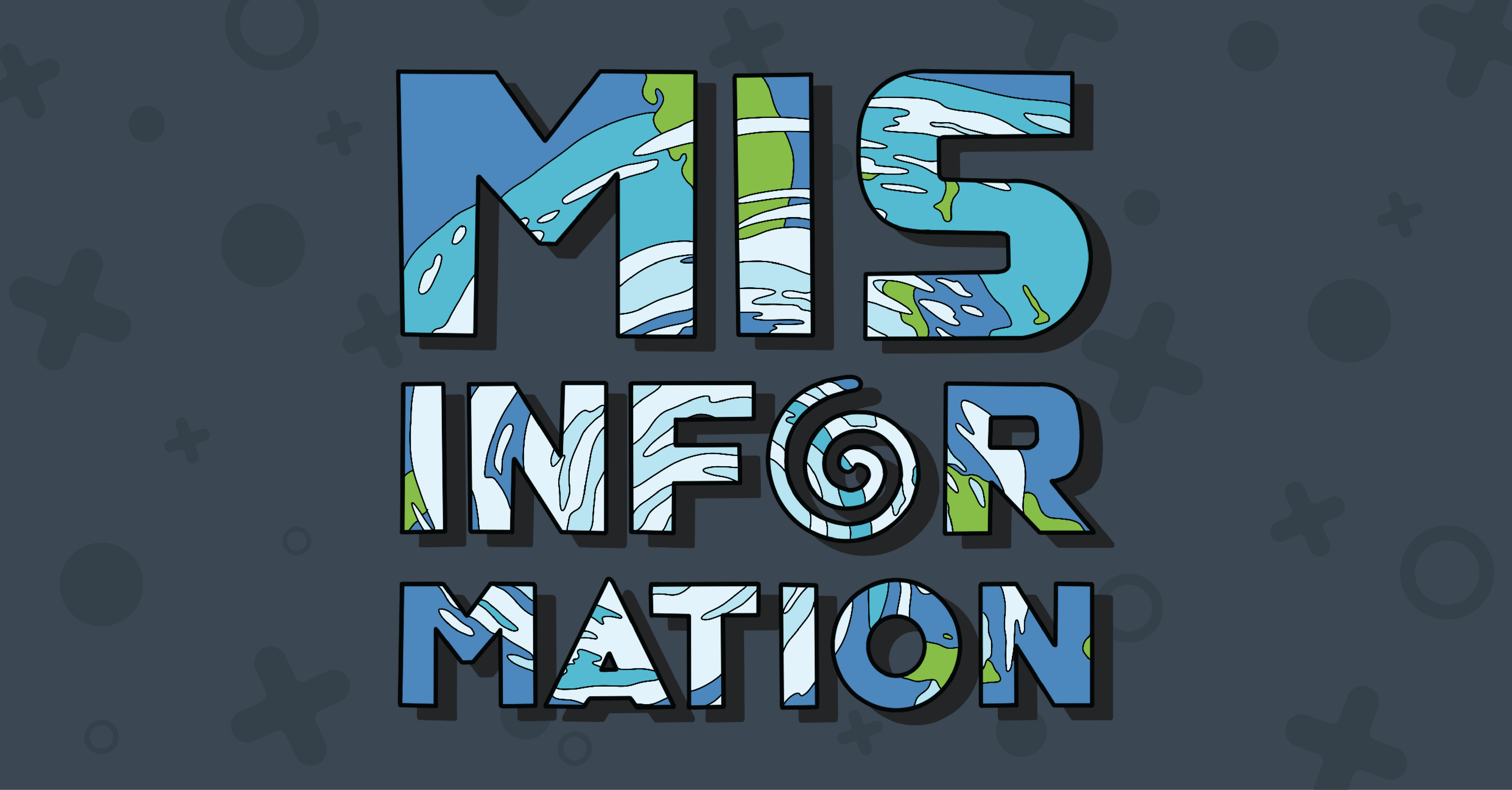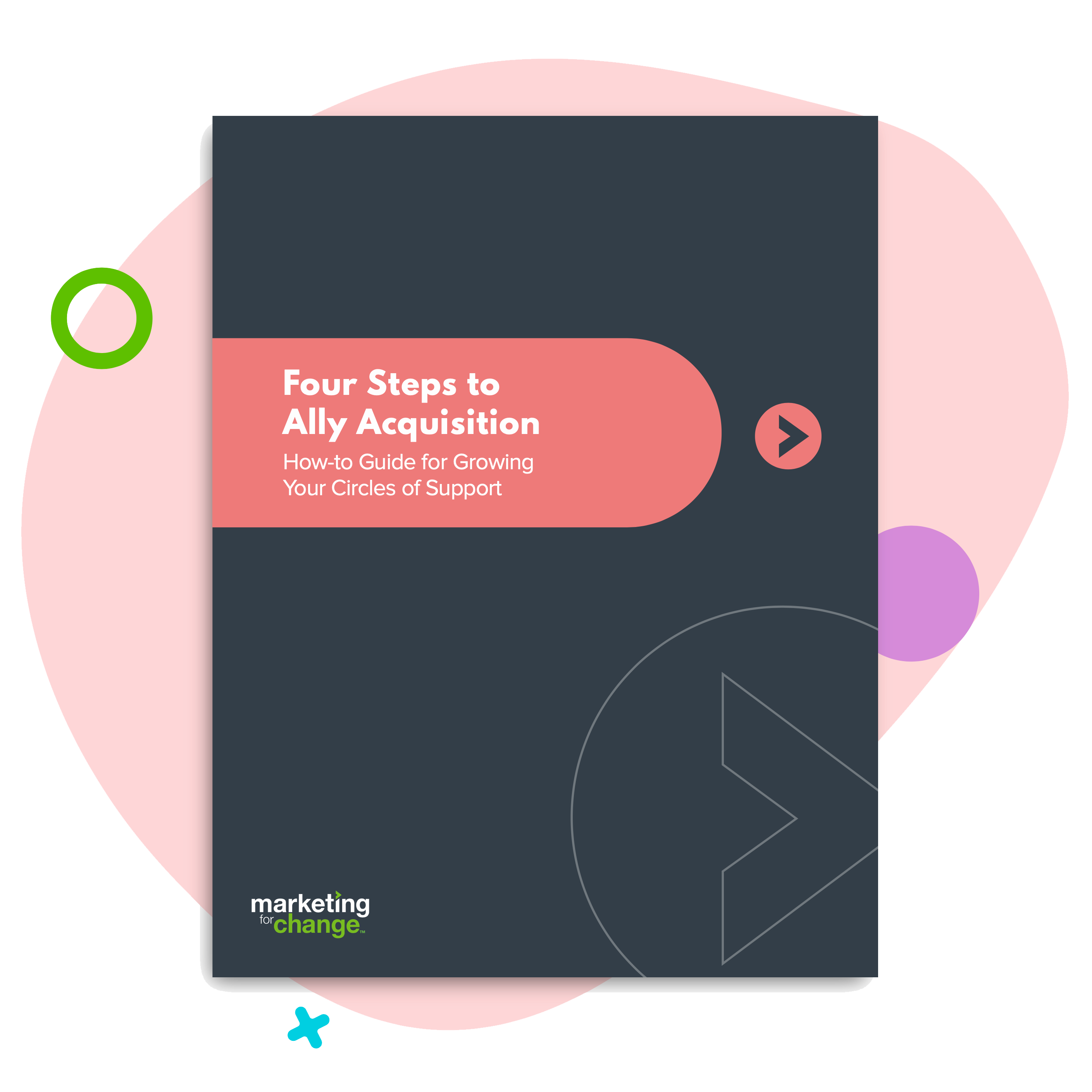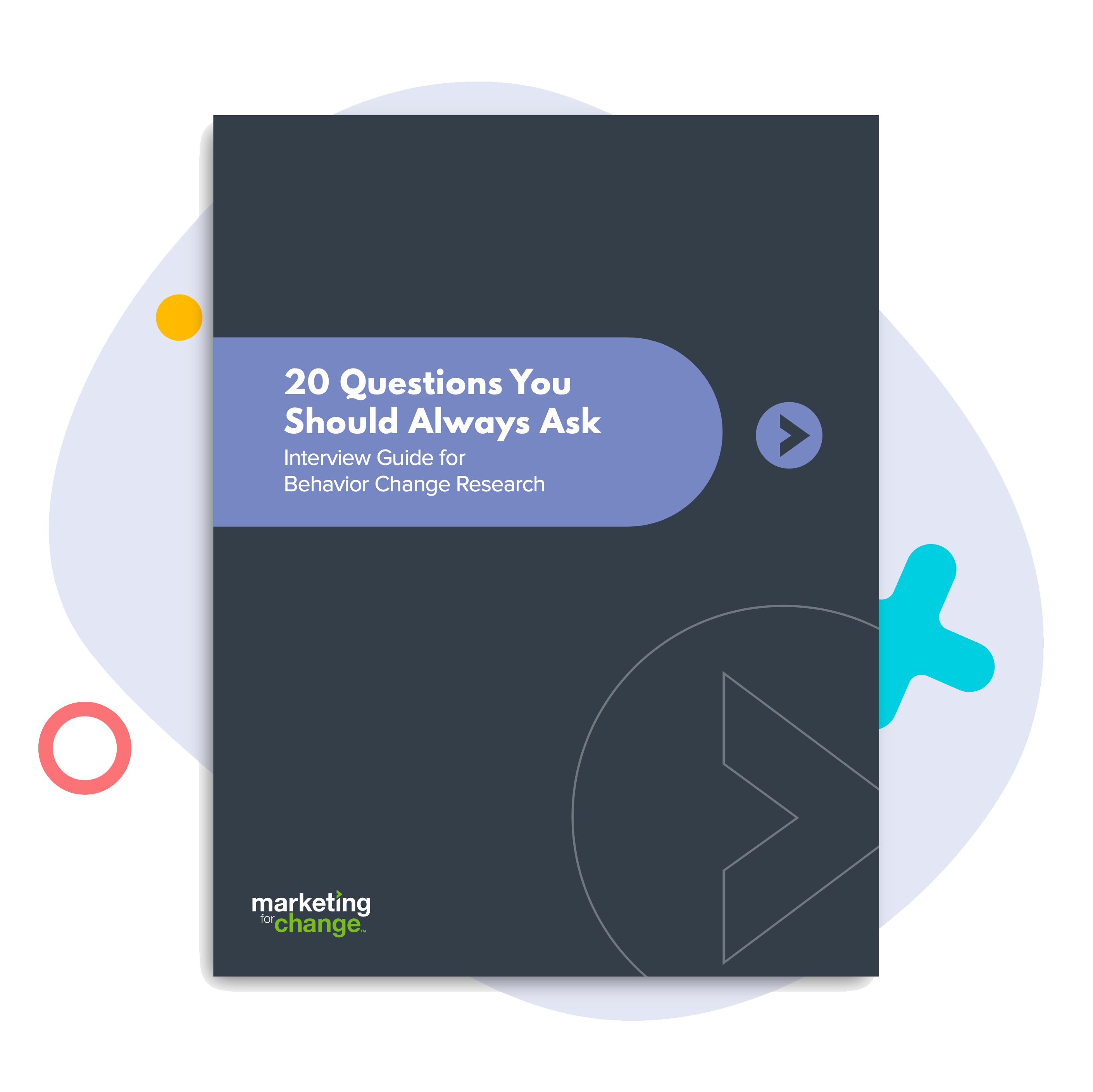
You Don’t Think Like Your Target Audience
Growing up in a small, rural town in North Florida, climate change wasn’t a topic that came up often in conversation.
The first time I heard about it in a way that made me sit up and pay attention was in college. A fellow student explained in class that polar bears – those champions of long-distance swimming – were drowning. Because of “global warming,” the sea ice was melting and the distance between floes was becoming too far for bears to cross.
What? Polar bears were drowning?!
This was tragic information and I needed to do something about it. After class was over, I immediately called a friend to share the devastating news. Polar bears were drowning! Unfortunately, the effect of this information was shockingly underwhelming. I brought the polar bears up in many conversations for weeks after that, but no one seemed to care as much as I did.
As a behavior change marketer, I now know I was making the same assumption I see clients often make today – that people will care as much as you do if you just educate them about the facts. When you’re passionate about an issue, it can be hard to see it from others’ perspectives.
But behavioral science shows that people first identify with an issue based on things like their values and social identity, and then selectively accept the facts that confirm their beliefs – a phenomenon known as confirmation bias. The other problem with facts, like the drowning polar bears, is they can be refuted, sidetracking the larger issue.
That’s why, at Marketing for Change, one of our favorite things to tell our clients is, “you are weird.”
If you are a climate change activist, your brain is chock full of information about fun things like greenhouse gas emissions, ocean acidification, COP21 – and, yes, the plight of the polar bear. Your audience, meanwhile, may be pondering what color Ford F150 to buy this summer, and how Johny Depp is having a really bad week.
Before you can start changing behavior, you have to realize most of your audience isn’t thinking like you. Only then can you connect what you are offering (the target behavior) with something they are already shopping for (such as a sense of belonging, fitting into the expectations of their social group, or other common determinants that drive behavior change.
That’s why when the Tampa Bay Estuary Program came to us in 2010 for help reducing fertilizer runoff into the Bay, instead of asking residents to “Save the Bay”, we asked them to “Protect Fun.” We leveraged residents’ pride of place – after convincing the Fertilizer Steering Committee to whittle down its list of target behaviors to one concrete thing people could do that would make a big difference: skipping the fertilizer during the summer.
Over the past five years, Tampa Bay area residents have done just that. A 2014 study by the University of Central Florida confirmed that residents in our target areas were significantly more likely than similar counterparts in a neighboring county to know that fertilizer should not be applied during the summer, and they were significantly more likely to fertilize with less frequency or not at all. The Bay is also experiencing a regrowth of seagrass, an important harbinger of a environmental health. So yes, people are saving the Bay – so they can protect the fun they have when fishing, boating, swimming, or hanging out at the beach with a drink.
So next time you’re thinking about tackling society’s next big issue, remember that people first need a way to connect to your issue or behavior in a way that reflects their world views. Simply telling them what you think they need to know won’t make them care as much as you do. Because, you know, you are weird.
Francis Diaz is a Planner at Marketing for Change.






